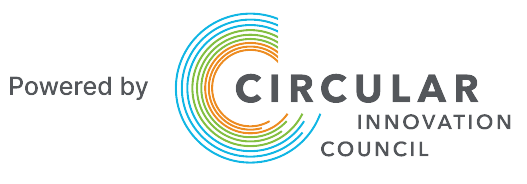When it comes to supply chain sustainability, procurement leaders’ hands can often be tied. While environmental impacts are increasingly front of mind, corporate social responsibility (CSR) commitments rarely extend to sourcing. In many cases, procurement teams are only free to purchase from sustainable suppliers if they offer lower-cost alternatives, following the outdated perception that the function is predominantly dedicated to cost savings. But, since supply chains typically produce five times more carbon than companies’ direct emissions, such purchasing restrictions can blunt efforts to reduce environmental impacts tied to business. And, with growing pressure to green supply lines, it is time to shift this mindset.
…
Beyond these high-level trends, procurement organizations are seeing positive returns from their investments in environmentally-conscious sourcing practices. In a recent survey by EcoVadis and the NYU Stern Center for Business Sustainability, more than half of respondents improved their risk mitigation, 30% reported new cost savings and one-quarter identified additional benefits such as access to new categories.
…
Sustainability efforts will fail if they are one-sided. Suppliers should be incentivized to develop greener offers. At a minimum, purchasers must now communicate clear expectations about new policies, expectations and potential consequences.
In this shift, suppliers will likely require additional training or support covering costs for sustainability reporting—C-suite leaders must be amenable to these arrangements. After all, supplier data is essential for demonstrating progress on sustainability metrics.
As supplier-buyer collaboration around sustainability becomes ingrained, these efforts must not devolve into mere compliance exercises or box-checking. Research shows that after initial progress, many vendor engagement initiatives plateau, with over one-third of respondents finding it challenging to track sustainability performance at the four-year mark.

